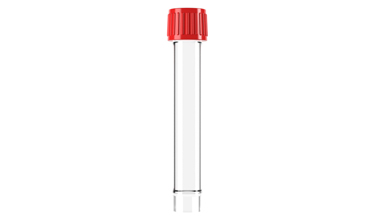What Is The Difference Between PET and PE?
The difference
Polyethylene has excellent insulation properties. At room temperature, polyethylene is insoluble in any known solvents and is resistant to dilute sulfuric acid, dilute nitric acid, and other acids of any concentration, as well as alkali and salt solutions of various concentrations. Polyethylene has high water resistance, and its performance can remain unchanged after long-term contact with water. Polyethylene has poor air permeability, while oxygen, carbon dioxide, and many organic materials have better air permeability.
Temperature resistance: Polyethylene will age and become brittle under the action of heat, light, and oxygen. Generally, the use temperature of high-pressure polyethylene is about 800C, and the use temperature of low-pressure polyethylene is about 1000C. Polyethylene has cold resistance, good mechanical properties at -600C, and certain flexibility at -700C.
Polyethylene terephthalate (PET)
Polyethylene terephthalate is a colorless and transparent material with a certain luster (amorphous) or an opaque milky white material (crystalline type). It is difficult to ignite, but after burning, although the flame is far away from it, it can continue to burn. When it burns, it melts and explodes into pieces. The flame is yellow, with early blue edges, small drops of water fall one after another, black smoke curls, and the slightly sweet and spicy smell of the mountain belt. The performance of pure PET is very poor, especially impact strength and heat resistance, but after glass fiber reinforcement, various properties have been greatly improved.
PET bottles have become the main packaging materials for beverage products. PET bottles are gradually replacing traditional packaging materials because of their low environmental pollution and low energy consumption. It has replaced various PVC bottles, bags, aluminum cans, iron cans, glass bottles, etc. with its heat-resistant and pressure-resistant functions, and has become the packaging material with the most growth potential.
Polyethylene (PE)
Physical properties: Polyethylene is non-toxic, tasteless, and milky white. The density of 0.91 ~ 0.96g/cm3 is crystalline plastic. Polyethylene has certain mechanical strength, but compared with other plastics, its mechanical strength is lower and its surface hardness is poor.
PE plastic bottle is a kind of thermoplastic resin polymerized by ethylene.
Odorless, non-toxic, feels like wax, has excellent low-temperature resistance (the lowest use temperature can reach -70~-100℃), good chemical stability, and can withstand most acids and alkalis (not acid, and alkali resistant and Oxidation), insoluble in general solvents at room temperature, low water absorption, excellent electrical insulation performance; but it is very sensitive to environmental stress and poor heat aging performance.
Plastic medicine bottles are generally made of PET because PET material has the advantages of not easy to break, good sealing, moisture-proof, and hygienic, which can meet the special requirements of medicine packaging. It can be directly used for medicine packaging without cleaning and drying. It is an excellent medical packaging container.
HDPE (high-density polyethylene), PE (polyethylene), and PP (polypropylene) are also often used to make plastic medicine bottles. Among them, PET and PP are stable, and when colorless, they are transparent and translucent, so these two materials are suitable for packaging liquid medicine; PE plastic bottles are mainly used for packaging solid capsules and oral tablets.

Request A Quotation